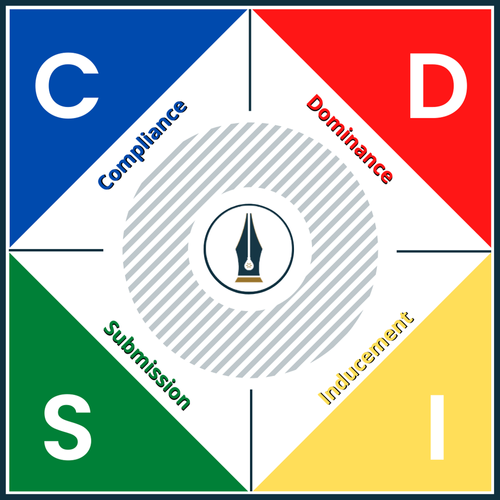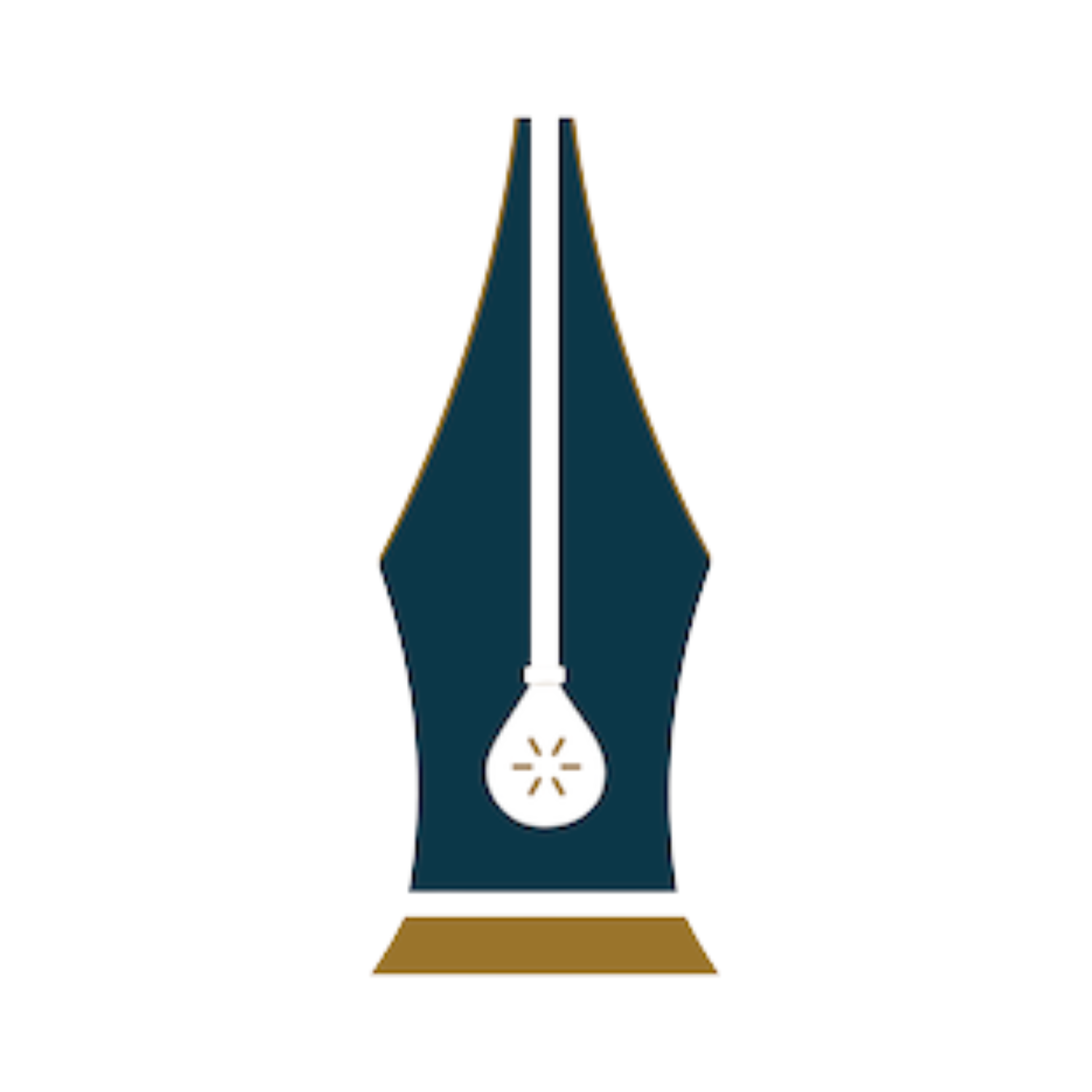Leadership Blog

Leading Your Team With Only One Leadership Style?
When employees join a company, they quickly discover the top officer’s leadership style. His or her style shapes the culture of the company. The problem with only leading in one leadership style is that not every employee works well under the same style.
Most leaders have one leadership style. Their style is what works best for them. What they prefer. Don’t get me wrong. You can be a good leader using one style. But you can become a great leader by developing multiple leadership styles.
If you want to become a great leader, develop multiple leadership styles. Don’t lead everyone the same way. Don’t force others to adjust to your style. Learn to lead different people differently.
I use the DISC assessment with my clients to help them discover their natural leadership style. It is based on their personality type. I also use this assessment to teach leaders how to communicate and direct different people differently.

REVIEW OF THE DISC PERSONALITY TYPES
HIGH D PERSONALITIES
These leaders are direct, task-oriented, out-going personalities who focus on results. Their greatest fear is loss of control. They can appear harsh and demanding to their employees.
HIGH I PERSONALITIES
These leaders are relational, out-going, people-oriented personalities. Their greatest fear is loss of approval. They appear to be friendly, conflict-averse and disorganized to their employees.
HIGH S PERSONALITIES
These leaders are introverted, process-oriented, diligent personalities. Their greatest fear is loss of stability. They appear to be inflexible, process-focused, steady workers to their employees.
HIGH C PERSONALITIES
These leaders are introverted, detailed-oriented, analytical personalities. Their greatest fear is criticism of their work. They appear to be questioning, judgmental, quality-control personalities to their employees.

There is no right or wrong personality type. Everyone has some of each personality type. Each person has one dominant personality type. Your dominant personality type determines your natural leadership style.
If you are a High D, you will be a direct, task-oriented, out-going leader who focuses on results. Nothing wrong with that. People like you will respond favorably to your leadership style and produce great results. However, if they are not like you, your style may hinder them from producing great results. They may openly or privately react to your style. Your style may shut them down and limit their ability to show up as their best self.
What is true for a High D leader is true for every style of leadership. The point here is you will always have different people on your team. They work best in a style that fits them. Don’t require them to adjust to your style, adjust the way you lead to fit their style.
A leader who leads in multiple leadership styles will have a greater impact and a stronger relationship with his employees.
SUGGESTIONS IN HOW TO LEAD DIFFERENT PERSONALITY TYPES
LEADING A HIGH D
High D’s can be easy to lead. They are self-starters who desire to know what you want, when you want it done by, and any particulars about specific projects. They do not need you to hold their hand or motivate them. What they do need is for you to get out of their way and let them do their job. If you try to micromanage them, they will react negatively.
LEADING A HIGH I
High I’s are very relational. They enjoy small talk and connecting with others. They are “party-people.” They seek to develop meaningful relationships that go beyond work responsibilities. People confide in them. While they make good workers, don’t overlook their need for approval. Doing so will shut them down and demotivate them from doing good work.
LEADING A HIGH S
High S’s are worker bees. They enjoy developing and operating with a consistent process or system. They do not like change. They have good insights but will not likely share them unless asked. They need time to process new ideas or changes. They are loyal and faithful workers who often go unappreciated.
LEADING A HIGH C
High C’s are analytical thinkers who don’t accept something because it’s a good idea. They anticipate problems that might occur. They need verification and validation before accepting new concepts or approaches. Don’t misinterpret their questions as lack of support. They want to make sure you have thought through everything. They don’t want to be associated with something half-cocked.

POTENTIAL CONFLICTS IN LEADING OTHERS
Now that you have some understanding about how to lead different personality types, let’s explore potential leadership conflicts.
If you are a High D personality and lead a High I employee, it’s important that you take time to connect with your employee. Ask about her weekend, family, etc. A High I personality needs to know you care about her, not just the results she can produce. Failing to demonstrate care appears cold and unfeeling. It causes a High I to feel used.
In reverse, if you are a High I who leads a High D, don’t assume that your employee wants to chit chat about his weekend. He wants you to provide clear instruction, deadlines, and any necessary information he needs to get the job done. He is not antisocial, but being social is not his thing; getting the job done is.
If you are a High S leader who leads a High D employee, recognize that your employee is a take action person. If you are slow to make decisions or take action, you will create a great deal of frustration.
If you are a High C leader, don’t try to be perfect coming “out of the starting blocks.” If you lead a High D personality, he wants to take action. If you lead a High I personality, he is more relational than detailed driven. If you lead a High S personality, he wants to see that you have good processes and systems to accomplish the tasks. He has the ability to help you accomplish your goals, rather than getting stuck in the details.
Can you see how every leader needs to adjust how he leads to fit his employee’s personality? It’s not that your employee can’t adjust to you, but doing so will not be as effective as you adjusting to him.
One more example. If you are a High D and lead a High C, it’s important that you think through future ideas and plans thoroughly. Provide the backstory of your thoughts and considerations before expressing your conclusions. A High C personality needs to know you have thoroughly vetted your concept. Don’t view his questions as negative or resistant to what you want to do. He is just being thorough. Give him time to process your plans. A High C thinks deeply about things before embracing them.
LEADERSHIP TIP!
Once you understand your personality type, think about those you lead. Lead them in a way that gives them what they need.
Changing how you lead takes effort and practice. As leaders, our default leadership style is natural and deep. It’s hard to adjust. Leading others in a way that fits them is a more effective way to lead. Give it a try. You might be surprised at how well it works!



Facebook
LinkedIn
Youtube
Instagram